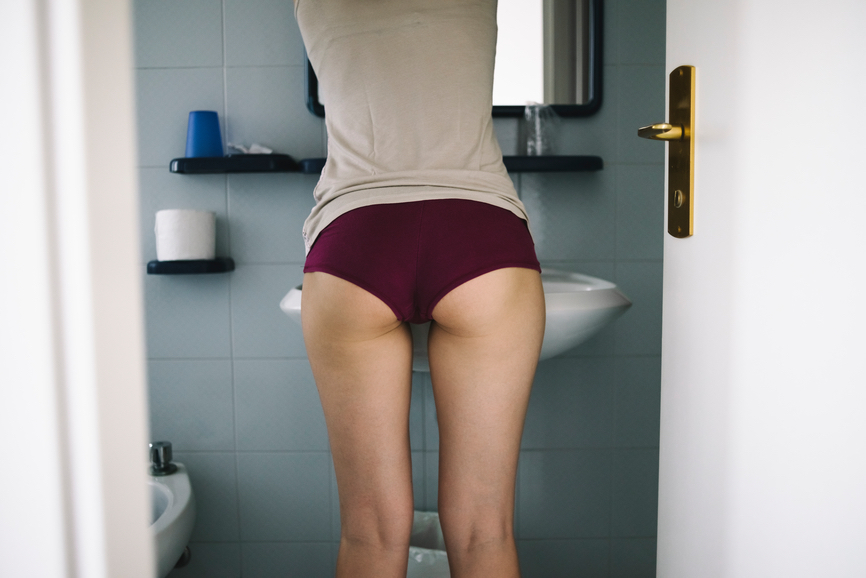Having worked with thousands of patients over the years, I’ve noticed one aesthetic issue that comes up regularly: cellulite. It’s perhaps one of the most common complaints from patients, and can significantly impact self-esteem and the ability to feel fulfilled with one’s appearance. Let’s take a closer look at this issue and some of the traditional treatment methods, and a new, revolutionary procedure called Cellfina.
What is Cellulite?
Contrary to popular opinion, cellulite isn’t something caused by lack of exercise. It’s a genetic condition that creates the appearance of dimples on the thighs or buttocks.
The underlying mechanics of the problem have to do with the tethering chords that attach the skin to the underlying fascia. The chords create a dimpling effect by pressing down on the fat in a sort of crisscross pattern.
I’ve had patients tell me that they feel embarrassed by not being able to get rid of cellulite through diet and exercise. However, there is absolutely no reason to beat yourself up over this, because none of it is your fault – you can’t control your genetics.
Treating Cellulite
When it comes to treating cellulite, patients have multiple treatment options. However, some are significantly less effective than others.
- Topicals: One of the first ways patients try to address cellulite at home is through over-the-counter treatments, like creams, roller bars, and essential oils. Unfortunately, there is no substantial proof that these deliver results.
- Energy Delivery: The next step for many patients is the use of energy treatments, like ultrasound and radiofrequency devices at a doctor’s office. However, the results of such procedures are debatable and some of these treatments can have high complication rates.
- Subcision: When non-invasive treatments don’t produce results, some patients turn to subcision. During this procedure, the tissue bands responsible for the dimpling are cut using a small needle. However, one of the biggest issues with traditional subcision is that it’s done rather blindly, so the results are quite mixed.
- Cellfina: A new take on traditional subcision, which improves outcomes both in the short and long term.
The Problem with Traditional Subcision
The biggest issue with traditional subcision is that it’s performed “blindly.” The reason for this is actually quite simple:
The appearance of cellulite changes depending on whether you’re standing up or lying down. Before the procedure, the surgeon needs to mark up the position of the dimples on the body while you are standing up. However, the actual subcision must be performed when you are laying down, for safety reasons.
Therefore, even though the surgeon has marked the treatment areas, the position of the bands responsible for the dimples will change slightly when you lie down, making it harder to precisely pinpoint where the tissues must be separated.
Cellfina: Subcision, re-defined and reliable
Cellfina is a new treatment option and provides improved outcomes because it significantly improves the precision of treatment.
Just like with traditional subcision, your provider will first mark the cellulite dimples while you are standing upright. Once the procedure starts, a suctioning the device is used to pull the dimple outward. This allows for much better targeting and allows the surgeon to release the tethering chords with significantly greater precision.
Here are some additional highlights about Cellfina:
- The procedure can be done in a clinic setting, under local anesthesia (no overnight stay needed).
- A small needle is passed under the skin to release the tethering chords (no visible scars).
- Over the next 2 weeks patients notice a smoothing of the treatment area.
- Can produce as much as 80% improvement in cellulite appearance.
- Can be used on both buttocks and thighs.
- You can drive yourself home right after the procedure.
- Cellfina only takes 60-90 minutes.
- Can be combined with a mommy makeover or a Brazilian butt lift.
- Just one treatment is needed, and the results are seen out as far as 3 years so far (this is a relatively new procedure and hasn’t been studied beyond 3 years, so results may even last longer as the studies continue).
As with any procedure there are also a few potential side effects that may occur after Cellfina treatment, and it’s important to follow all aftercare instructions:
- There is typically some bruising that can last from a few days, to upwards of a month.
- The little needle pokes from the procedure will need time to heal.
- There may be some swelling in the area, which will be tender and will feel like lumps.
- Some leakage of numbing fluid and small amounts of blood is to be expected.
- After the short drainage period, you will need to wear compressive shorts for 3-6 weeks. This holds the skin up against the body to improve aesthetic results, and helps the edema resolve.
Cellfina: A Final Note of Vital Importance
When working with your provider, you want to make sure that you are in agreement about the treatment area beforehand.
Therefore, it’s vital to communicate this with your provider and make sure that they understand the exact area you are talking about. After all, there may not be a very clear transition from the part of the buttock/thigh that concerns you to the part that doesn’t.
Further, as you’re going thru the marking process before the procedure, make sure to pay close attention that the right areas are being marked up. It’s your body, and your aesthetic goals, and it’s vital to make sure that you and your provider are working as a team, and that the communication is crystal-clear.

View Dr. David Boudreault's profile and contact information here.

























